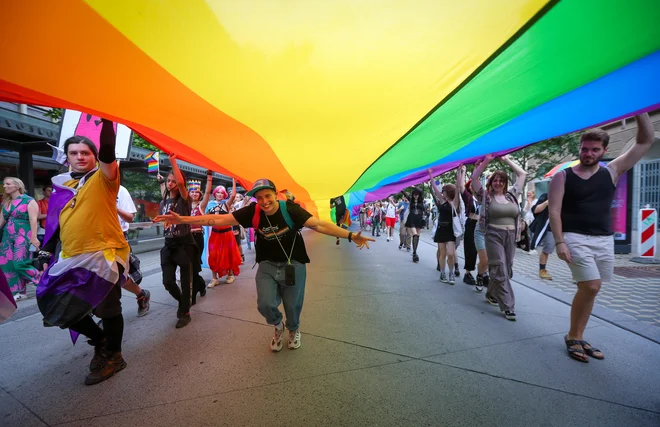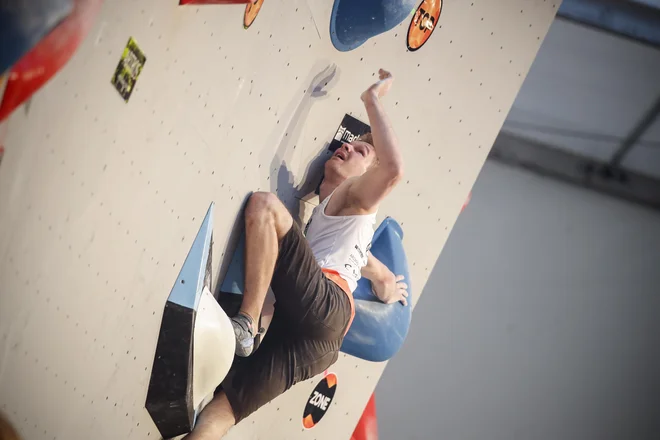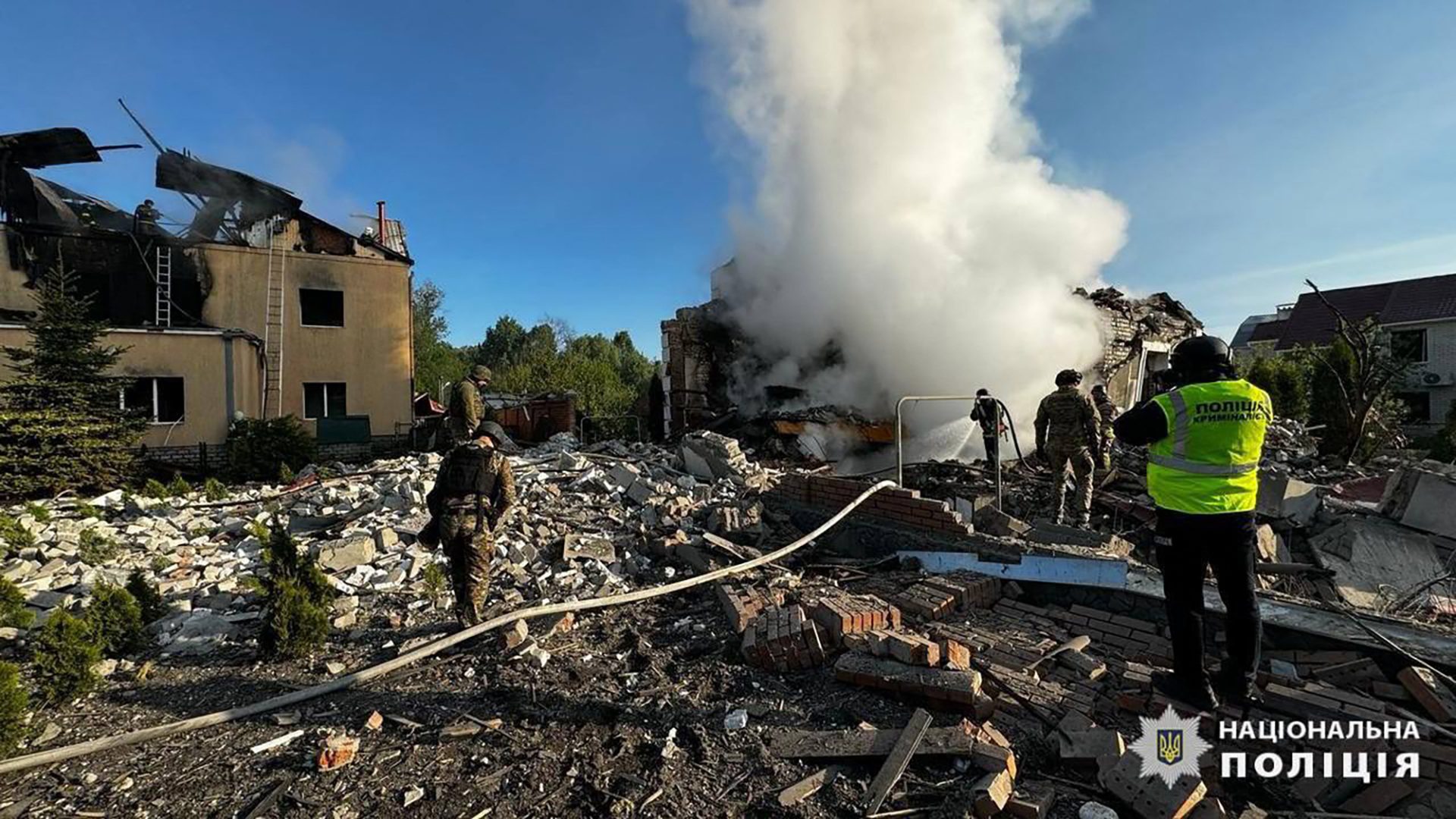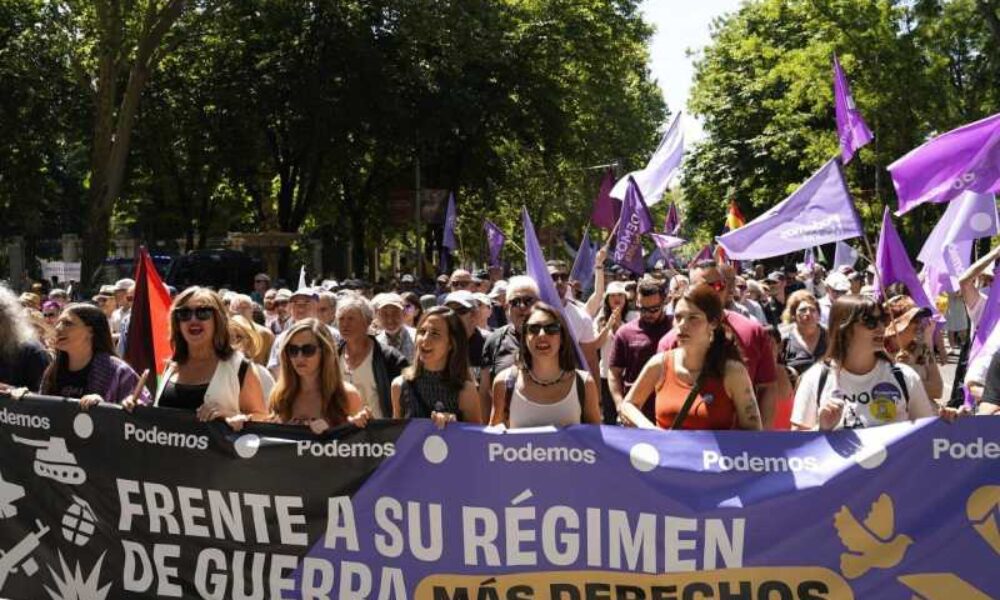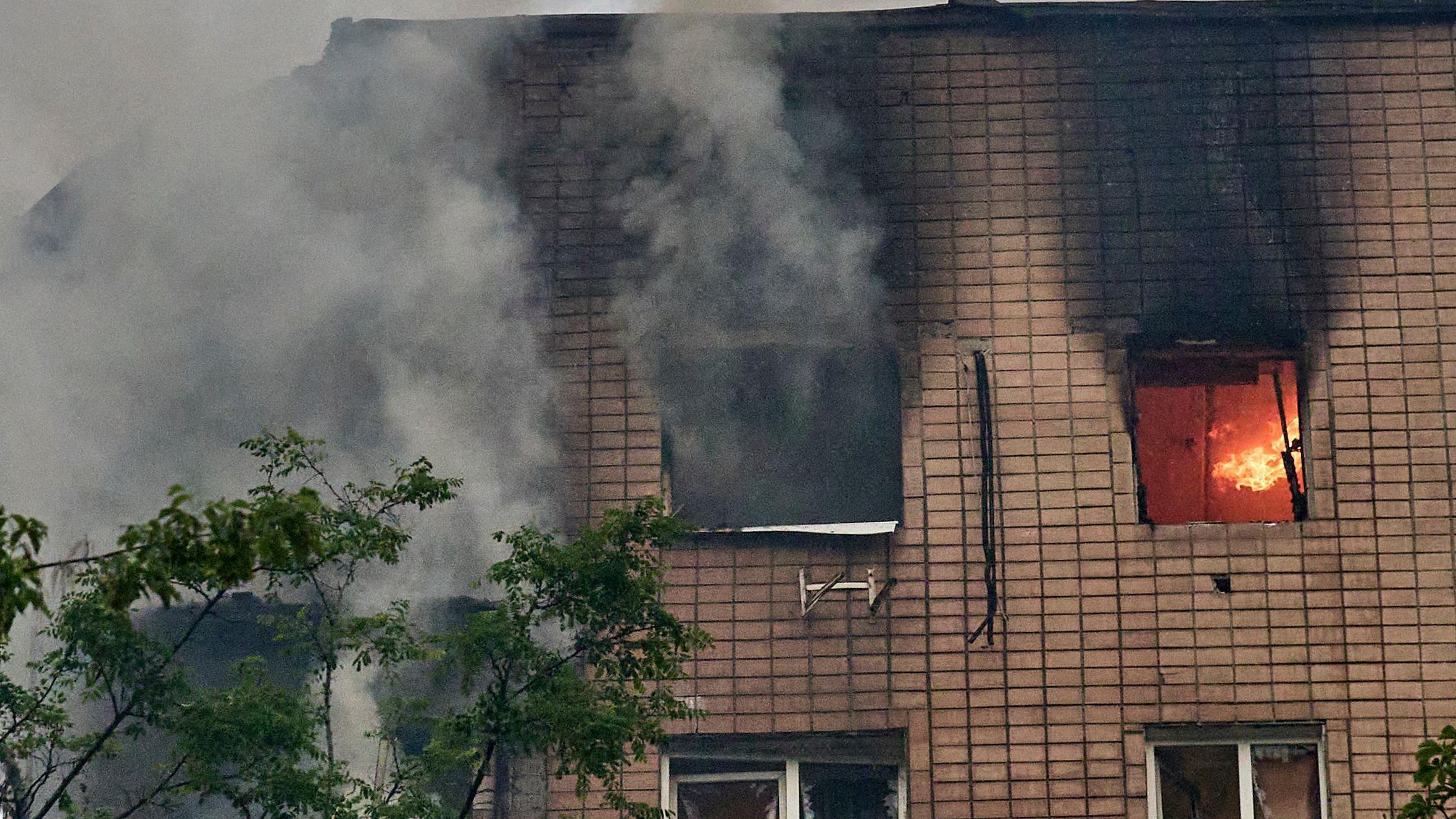From a passionate fan to a police officer, from lover to a modest pope
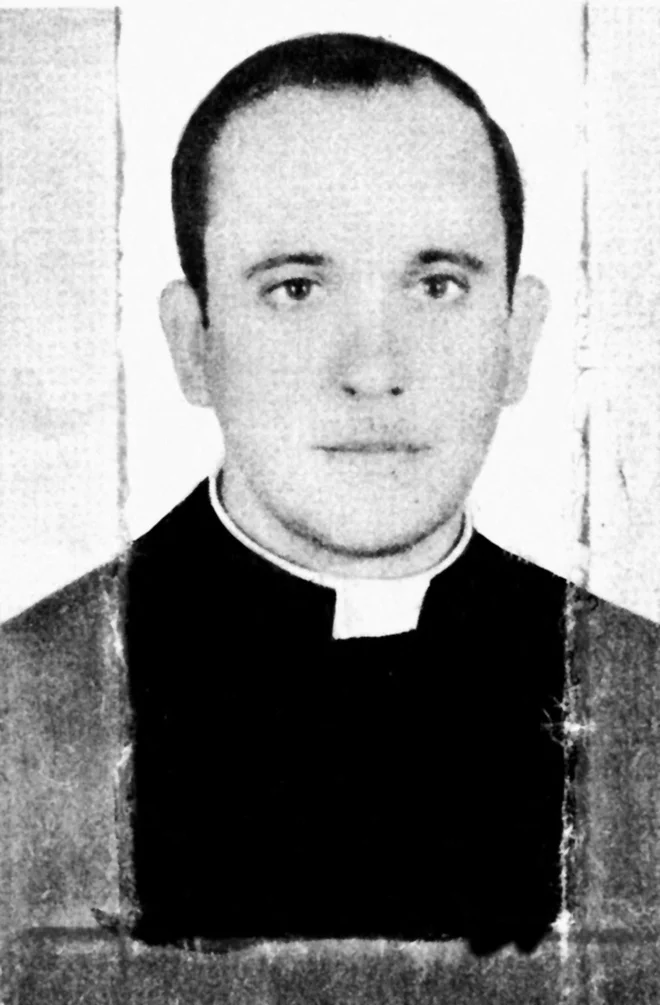
Jorge Mario Bergoglio was born on 17 December 1936 in Buenos Aires As one of five children in the Piedmont of Italian immigrants. His family was simple – his father worked on the railway, the mother was a housewife who took care of home and children. His youth was not without trials. At 21, he became seriously ill with pneumoniawhich caused him to remove some of the right pulmonary wing.
Even at a young age, he showed many interests. In addition to his education at the Technical University of Buenos Aires, where he graduated and received his master’s degree in chemical technology, he liked to socialize, entertain and be popular with peers. His classmates from that time were later told that He was simple, sociable and also quite romantic.
Love life and decisions for a priesthood
Before it is decided to priestly professionBergoglio had a girlfriend with whom he spent his time and cultivated serious emotions. As he later admitted, he is at a young age thought a lot about marriage and family life. A internal call has directed it elsewhere. According to some testimonies, there was also a girl he was in love with, even asked if he would be ready to wait, but in the end he decided on a different path.
Before joining the church hierarchy, he worked as a police officer in Buenos Aires for some time due to lack of employment opportunities. At the same time, he was engaged in teaching chemistry. Some remembered him as a police officer who liked to debate with visitors and was not just physical authority, but also a charismatic speaker.
Bergoglia Photo of 1973. Photo: AFP
In 1958, at 22, he entered the Jesuit order in the northern neighborhood of Buenos Aires Villa Devoto and finally devoted himself to the spiritual path. He received the priestly consecration on 13 December 1969, at the age of thirty -three – in Christ’s years.
Rise in church hierarchy
Bergogliev’s superiors quickly recognized his leadership gift. In 1973 he became the rector of the seminary in San Miguel, and later the provincial of the Jesuits in Argentina. He continued his doctoral studies in Germany, in 1992 he was appointed auxiliary bishop Buenos Aires, and six years later as an archbishop. In 2001 he received cardinal insignia from his hands Pope John Paul II.
He was famous in his homeland for his exceptional modesty. He gave up his stay in the archdiocesan mansion and preferred to live in a small apartment. He also gave up on his business vehicle and chauffeur – he preferred to transport himself by bus or subway, often unaccompanied. He also cooked himself. He was considered conservative in religious matters, but extremely dedicated social justice.
CONCLAVE 2005
After the death of the pope John Paul II. was 18 and 19 in April 2005 in the Sistine Chapel convened a Conclava, at which 115 cardinals of electors selected his successor. Among them was Bergoglio, who was not considered a favorite in front of the Conclava.
Cardinal was cited in public as the main candidates before the elections Joseph Ratzingerdean of the Cardinal Choir, and several other cardinals, including Carll Mario Martini, Dionigi to Tettamanzi and Francis Arinze. Ratzinger enjoyed the strong support of the conservative camp, who wanted to continue the work of the late Pope John Paul II.
Bergoglio was a little exposed in front of the Conclava and was not considered a serious rival. But when the vote began, there were signs in the first rounds that some groups of cardinals in it see a possible alternative to Ratzinger.
Striking support
After the first vote, which took place on 18 in the afternoon, it turned out that Ratzinger was expected to lead, but the votes of the opposition began looking for another candidate. Surprisingly, most of them converged to Bergoglio, who became the second most powerful candidate in the following votes.
According to the data later, the outcome of the third vote was as follows:
• Joseph Ratzinger – about 72 votes;
• Jorge Mario Bergoglio – about 40 votes;
• The remaining votes were scattered among other candidates.
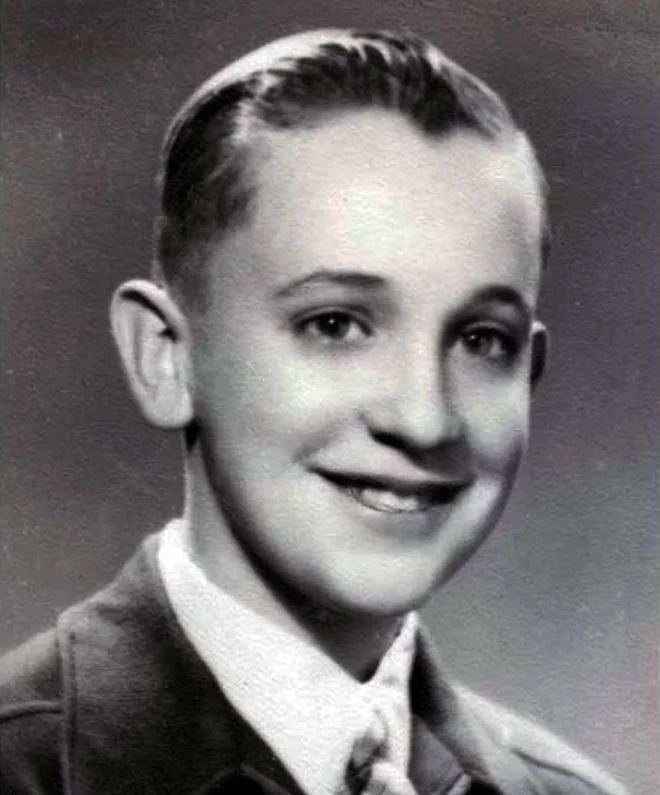
Bergoglio as a child. Photo: AFP
Such a turn was surprising for many. Bergoglio was neither an organized candidate nor a strong electoral strategy, but was supported by cardinals who wanted to prevent Ratzinger’s election.
Bergoglio indicated a desire for a papacy – which scared the supporters
While he was considered a restrained candidate in his first votes, some Cardinals later reported that Bergoglio gave the impression at some point that he actually wanted the papacy. This was upset by some of his supporters, who initially saw him as a modest and neutral candidate.
Cardinal, who initially gave him votes as a symbolic protest against Ratzinger, began to doubt whether they should continue to support him. This was crucial in the fourth vote, when Bergogli’s support began to decline in favor of Ratzinger.
Final Circle – Election of Benedict XVI.
When it was clear that Bergoglio could not overtake Ratzinger, some of the cardinals who supported him diverted votes to Ratzinger in the fourth round of voting to ensure the quick election of a new pope.
In the fourth round of voting, the outcome was as follows:
• Joseph Ratzinger – more than 84 votes (77 votes were required for a sufficient two -thirds);
• Jorge Mario Bergoglio – about 26 votes.
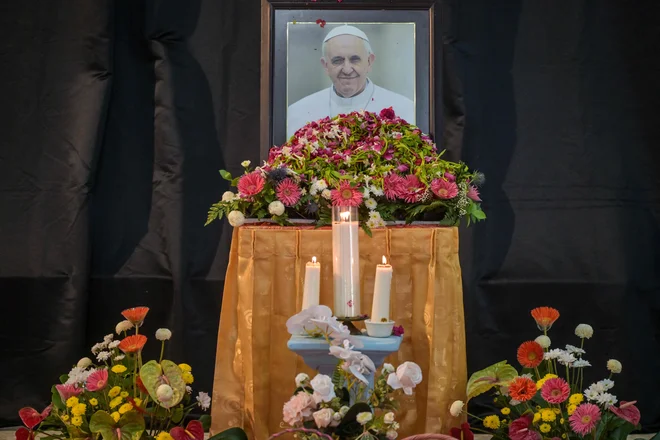
The world mourns Pope Francis, who died at the age of 89. Photo: Juni Kriswanto/AFP
At 5.50pm, white smoke was smoked from the chimney of the Sistine Chapel, announcing that a new pope was selected. A few minutes later, the traditional proclamation rang from the balcony of St. Peter’s basil Habemus papam.
Joseph Ratzinger chose the name Benedict XVI. and became 265. The Pope of the Roman Catholic Church.
Resignation of Pope Benedict XVI.
When Pope is Benedict XVI. Many expected a difficult battle during the Vatican fractions – Europeans against non -Europeans, Italians against the rest. The most commonly mentioned candidates were Angelo Scola, Odilo Scherer, Marc Ouellet and Peter Turkson. Bergoglio appeared between papabilesbut only as a background candidate – many thought his moment had already passed.
The first day – no clear favorite
The Conclaves began on March 12, 2013 with a Mass led by the Cardinal Angelo Sodano. In the afternoon, 115 cardinals of electors gathered in the Sistine Chapel, singing Litany of all saints and swore. After the first vote, it was clear that the votes were shared – Scola and Oellet led, Bergoglio was third. Black smoke was smoked from the chimney.
The second day – an unexpected twist
Morning rounds of voting 13. In March, they did not bring about changes, but in the afternoon Scoli began to crumble. According to sources, Ouellet transferred votes to Bergoglia, who became a favorite in the fourth round. In the fifth round, the Cardinals wanted to confirm it with maximum unity – it received at least 90 votes. When he reached the necessary 77 votes, he filled the hall.
Habemus papam!
At 19.06, white smoke was smoked from the chimney, and then the bells of St. Peter’s Basilica were also announced. Cardinal Jean-Louis Tauran has stepped on the balcony and announced to the world in Latin:
“We have a pope! His eminence and the wrath of the Lord, Mr. Jorge Mario, Cardinal Bergoglia of the Holy Roman Church, who chose the name… Francis. «

The first appearance of Pope Francis after being elected 266 in the Conclaves. The Pope. Photo: Dylan Martinez/Reuters
Pope Francis then addressed the crowd for the first time: « Brothers and sisters, a good evening. » Then he asked the believers: « Before blessing you, I ask you to pray for me. »
Dumpling
After the unexpected resignation of the pope Benedict XVI. was Jorge Mario Bergoglio 13. Franciscan Assisi. The first impression he made on the people was remarkable – with simplicity, humor and accessibility he immediately won the hearts of believers.
Controversy – questions from the past
During his pope, there were also accusations that in the times of the Argentine dictatorship in the 1970s, he collaborated with the Hunt in the abduction of two Jesuit priests. The court later found that it really met with the military regime, but only to try to achieve their release, which he also succeeded.
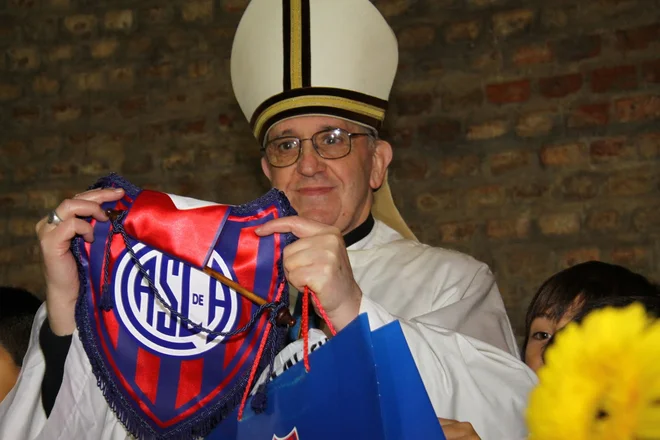
He is a big fan of San Lorenzo Football Club. Photo: Reuters
Critics accused him of not clearing himself clearly against the regime, and his advocates emphasized that he had done everything that was possible in dangerous circumstances.
Passions and personal life
In addition to his faith, he was also accompanied by « side » passions. As Argentine saysC was an avid football fan – His heart belonged to the San Lorenzo team, he even had a club card. He also loved tango, argentine music and simple, homemade food.


